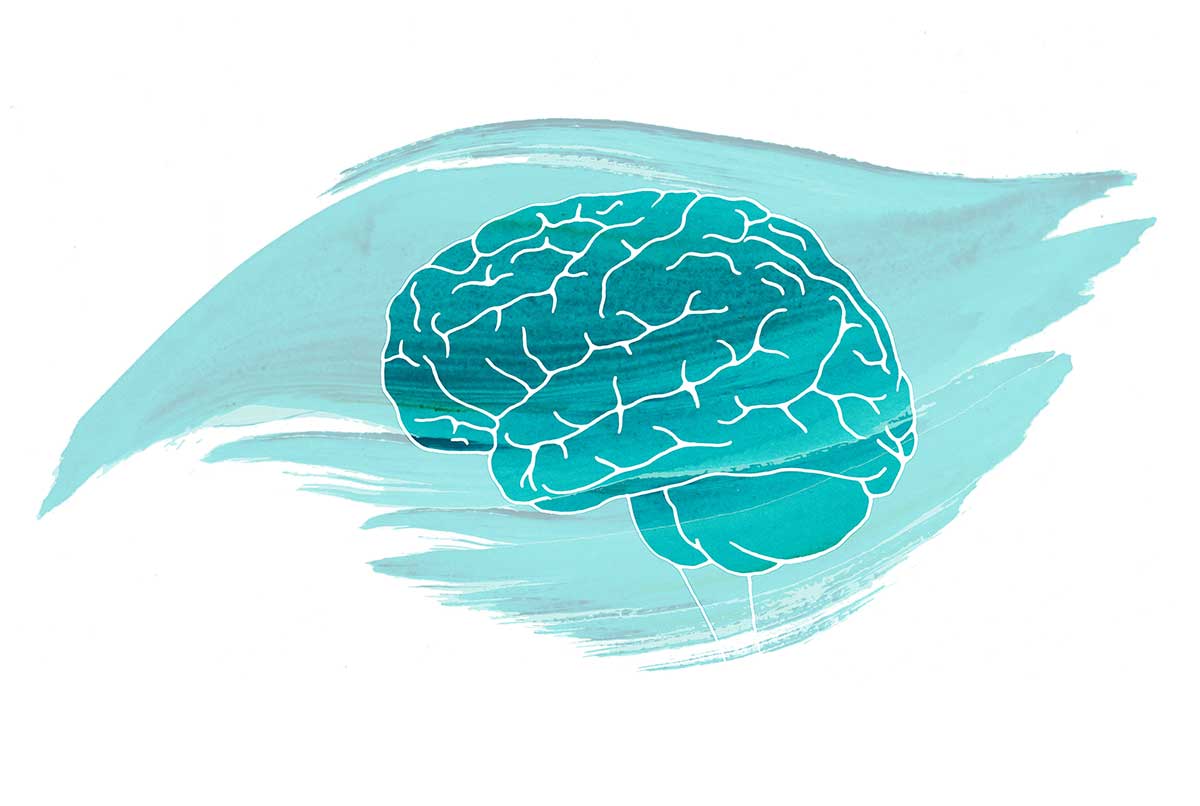
Multiple Sclerosis (MS) is an autoimmune neurological disease in which the person’s own immune system damages the myelin of the central nervous system. Myelin is a substance that wraps and protects the axons of certain nerve cells, its main function is to increase the speed of transmission of nerve impulses.
Multiple sclerosis particularly affects young patients from the age of 20 and is characterized by neuroinflammation at onset followed by neurodegeneration. Apart from road accidents it is the main cause of disability in young people.
The cause of this degenerative disease is unknown, but it is likely that it is caused by a combination of genetic and environmental factors.
Neurological symptoms manifested with Multiple Sclerosis are truly diverse, hence it is known as “the disease of a thousand faces”. Symptoms vary greatly from patient to patient depending on the affected area. The most common:
The most common tests to confirm or rule out diagnosis of the disease include the following:
At the moment, we do not have any drugs to cure the disease or repair existing lesions. However, disease-modifying drugs substantially improve the patient’s quality of life by preventing further attacks and preventing new lesions from being found on head MRI, delaying progression to disability. Hence the importance of early diagnosis so that treatment can be started as soon as possible.
There are currently numerous treatments. It is from the field of neurology where the best and most advanced therapies have been developed over the last 15 years.
The following groups of drug treatments may be prescribed:
The treatment of attacks consists mainly of high-dose oral or intravenous corticosteroids seeking an anti-inflammatory effect to reduce neuroinflammation and control the patient’s symptoms during an acute attack.
Within disease modifying treatments, there are currently more than fifteen approved drugs. These include immunomodulators such as Interferon beta-1a and Interferon beta-1b, glatiramer acetate, monoclonal antibodies natalizumab, ocrelizumab and alemtuzumab, immunosuppressants such as cladribine, mitoxantrone and azathioprine, and oral immunomodulatory agents such as fingolimod, teriflunomide, dimethyl fumarate, laquinimod, fampridine, siponimod and ozanimod.
Drug tolerance and methods of administration have greatly improved. Treatment is chosen individually, based on patient characteristics, lifestyle, preferences, and the type of Multiple Sclerosis, with a wide variety of drugs available.
These drugs represent a promising future in the treatment of multiple sclerosis.
Moreover, recent advances in research could mean a shift in disease approach, orientated toward preventative measures including a possible vaccine against the Epstein-Barr virus which is already being developed.
Dr. Ciano Petersen, Nicolás Lundahl
Neurologist at HC Marbella
Tel.: +34 952 908 628
+34 609 148 799
952908898 Oncology
951829978 Diagnosis by imaging
951829947 Gynecology
952908897 Fertility
951829947 Physiotherapy